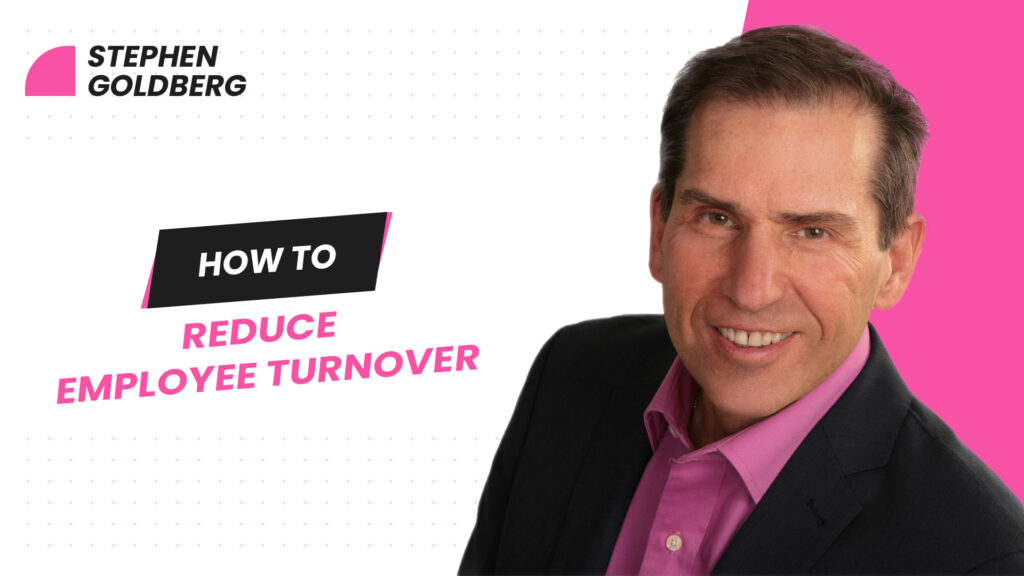
Employee turnover is costly and disruptive. It impedes your ability to deliver products and services and drains resources.
It makes sense to reduce turnover, especially nowadays when the unemployment rate is so low, 3.5% in the US as I write this. This means when posting a job opening you are likely to get applications from people already working but dissatisfied.
What drives employee dissatisfaction to the point where people start seeking new job opportunities? I researched various articles on this topic and came up with reasons for turnover. Here are a few:
- Career development
- Manager Behavior
- Work-life Balance
- Job Characteristics
- Compensation & Benefits
- Retirement
- Work Environment
- Interesting Work
- Feedback & Recognition
These factors that lead to turnover have been problematic for a long time and companies have made good efforts to address them, but turnover is still an issue.
Even if you address these employee concerns strategically and put in place good practices to retain people, there are two reasons why these practices may not be effective.
Job Fit
If you hire people with the skills to do the job but are not an ideal fit, eventually they may become disengaged. This is a common problem as many people have learned specific in-demand skills but do not have the right personality traits and motivation for the work.
I am a good example. When I started out in management in a family business many years ago, I realized that I needed to better understand business finance and accounting. I enrolled in an accounting course that focused on budgeting and cash flow. This was given at a local college as an adult education. The course really helped me in business and was very valuable.
However, I dislike work related to finance and administration, so I tend to avoid it. The point is I have the skills for a certain level of financial management, but my personality and motivation do not fit the job requirements. So even though I could do the work, I would not do it well for those reasons.
When hiring people to be engaged with the job you need to consider the whole person. This means their skills and experience, their fit with the company, and their fit for the job. To assess this, you need to use the right assessment tool. I use the PXT Select as it measures thinking style, behavioral traits, and occupational interests. Furthermore, the candidates are matched to a customized performance model or benchmark for the job.
The image shows a graphic overview of how a candidate fits a specific job. The full reports for selection and coaching provide deep insights into the candidate including interview questions and coaching considerations.
Thus, the first step for employee retention is to make sure the right person is in the right role so they will stay engaged.
Leadership
Suppose you meet with your leadership team and come up with a strategy to address the causes of turnover. These would be ways to deal with the issues I listed previously. Even if you implement a strategy, if the leader or manager does not do what they need to, the strategy will fail.
It’s like reading an informative book on leadership practices and then doing nothing with it. This is because many people in leadership or management roles are not suited to deal effectively with people. Take for example an engineer who is great at understanding the technology behind a product and implementing processes. But he may not enjoy training and coaching people. How then would he address career development or provide feedback and recognition?
It is important then that leaders and managers are promoted to their position not just because they are dedicated productive leaders in their field, but because they are also interested in developing and coaching people. To know this, you need to use the same approach as hiring a new employee and make sure that they fit the job.
Until this is done well, turnover will continue until the issue of leadership behavior is fixed. There is an old saying in HR circles; people leave a poor relationship with a manager or a team member, they don’t leave a job!